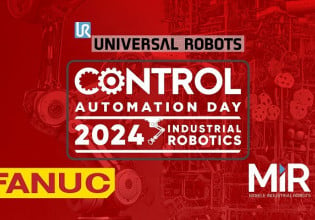O
Through my research I am amazed at the divergence of opinion between companies in relation to the development of the FDT standard. For anybody who is unfamiliar with this standard, it provides true "plug and play" facility within the automation and measuring industry. Complex automation devices can be configured, visualized, controlled and serviced in a central and easy to follow application. Despite the obvious advantages very few companies (except major players) have looked seriously at it. I would be grateful for some opinions as to why??






